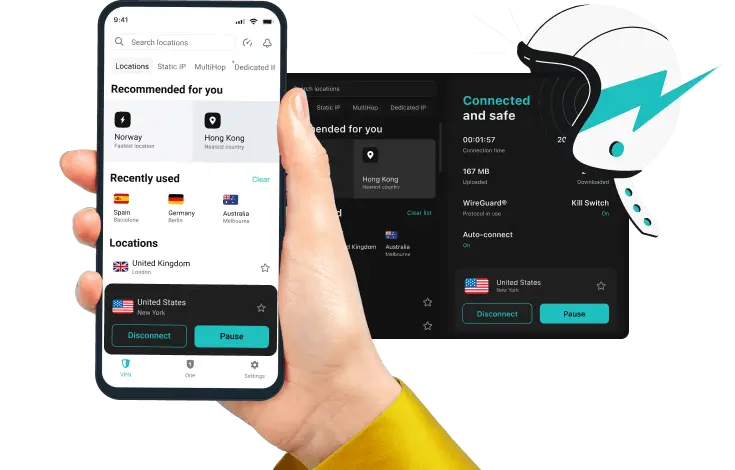
The increased prevalence of Internet Service Providers (ISPs) throttling IPTV (Internet Protocol Television) connections has become a significant concern for consumers who rely on streaming services for their entertainment needs. Throttling refers to the intentional slowing down of internet speeds by ISPs, which can lead to buffering, lower video quality, and an overall frustrating user experience.
Reasons for Throttling: ISPs often throttle IPTV connections for several reasons:
- Network Management: During peak usage times, ISPs may throttle certain types of traffic, such as streaming, to manage network congestion and ensure a balanced distribution of bandwidth among all users.
- Data Caps: Some ISPs impose data caps and throttle connections once users exceed their monthly data allowance. IPTV, which consumes a large amount of data, is often a target.
- Business Interests: ISPs that also offer their own television services may throttle competing IPTV services to maintain their customer base and maximize profits from their bundled services.
Impact on Users: Throttling has a detrimental impact on users, particularly those who use IPTV as their primary source of television and video content. It can lead to interruptions during live broadcasts, reduced picture quality, and a generally unsatisfactory viewing experience. This is especially problematic for users who pay for high-speed internet with the expectation of uninterrupted, high-quality streaming.
How VPNs Prevent Throttling: Virtual Private Networks (VPNs) offer an effective solution to prevent ISPs from throttling IPTV connections. Here’s how they work:
- Encryption: VPNs encrypt all data transmitted between the user’s device and the VPN server. This encryption ensures that ISPs cannot see the specific type of data being transmitted, such as streaming video from an IPTV service. Without visibility into the type of traffic, ISPs are less likely to throttle it.
- IP Masking: VPNs mask the user’s IP address, making it appear as if the data is coming from the VPN server rather than the user’s device. This makes it difficult for ISPs to identify and throttle specific users or types of traffic.
- Bypassing Geographical Restrictions: Some ISPs throttle traffic based on geographic regions. By using a VPN, users can connect to servers in different locations, potentially bypassing regional throttling practices.
- Maintaining Consistent Speeds: Since VPNs obscure the nature of the data being transmitted, ISPs cannot selectively throttle IPTV traffic. This helps maintain consistent internet speeds, resulting in a better streaming experience.
Choosing the Right VPN: To effectively prevent throttling, users should choose a reputable VPN service known for high-speed connections and strong encryption protocols. It’s also important to select a VPN with servers in multiple locations to ensure flexibility and reliable access.
In conclusion, the increased prevalence of ISP throttling of IPTV connections poses a significant challenge for consumers. However, by using a VPN, users can encrypt their data, mask their IP addresses, and maintain consistent internet speeds, effectively preventing ISPs from throttling their IPTV connections. This allows for a smoother, higher-quality streaming experience and ensures that users get the most out of their internet service.
4o



